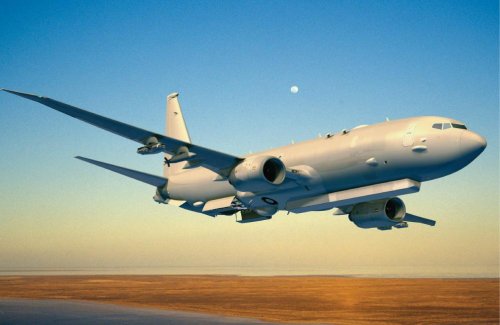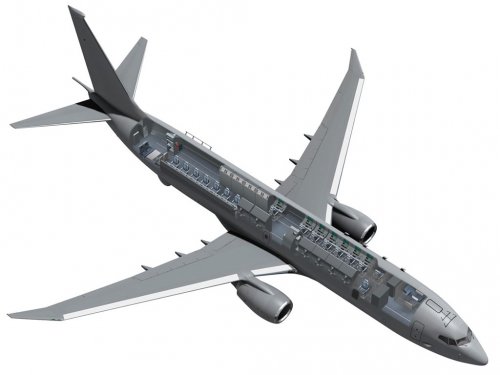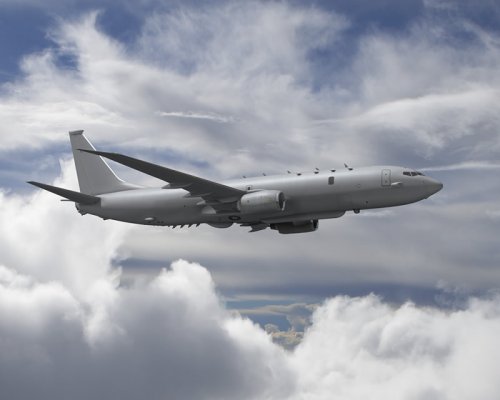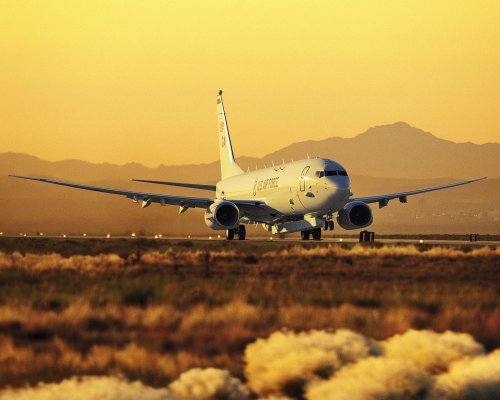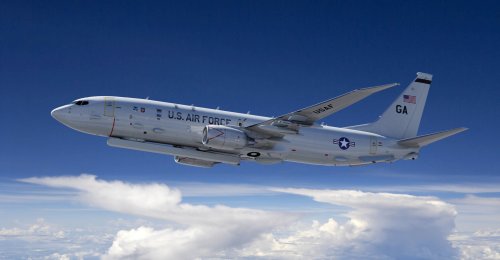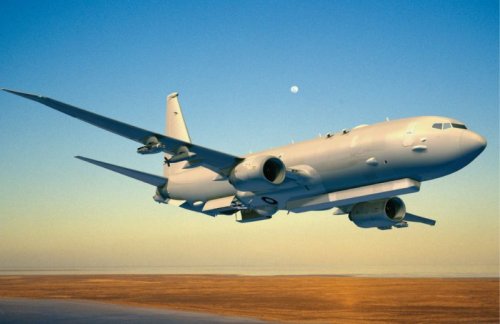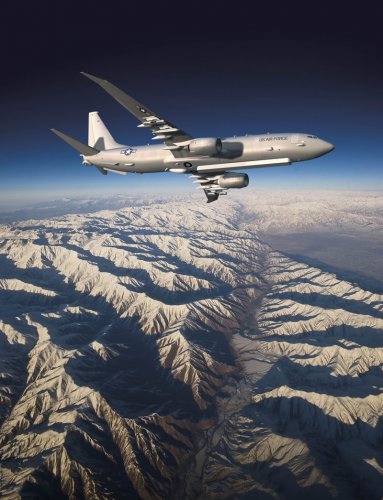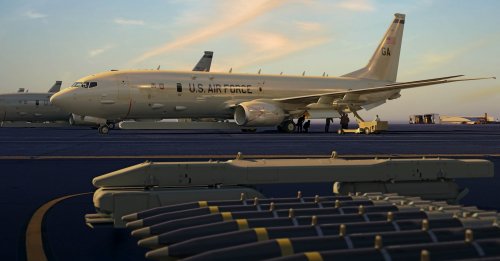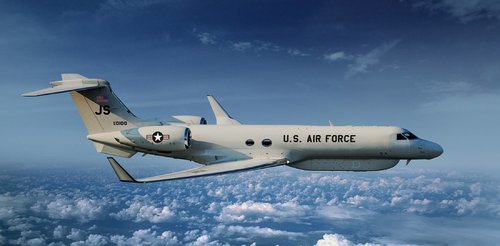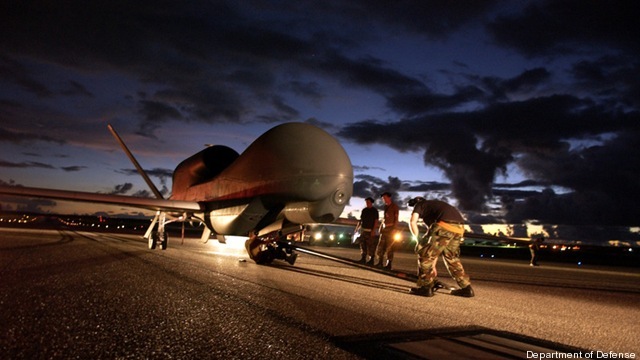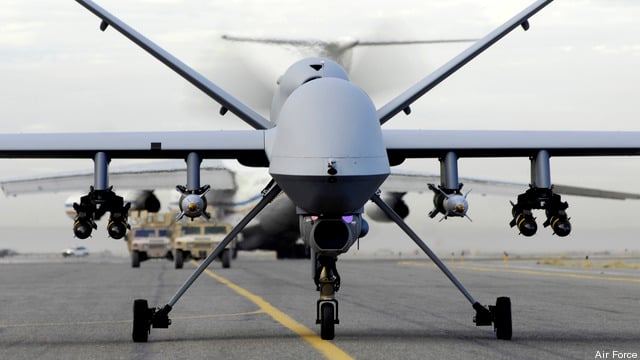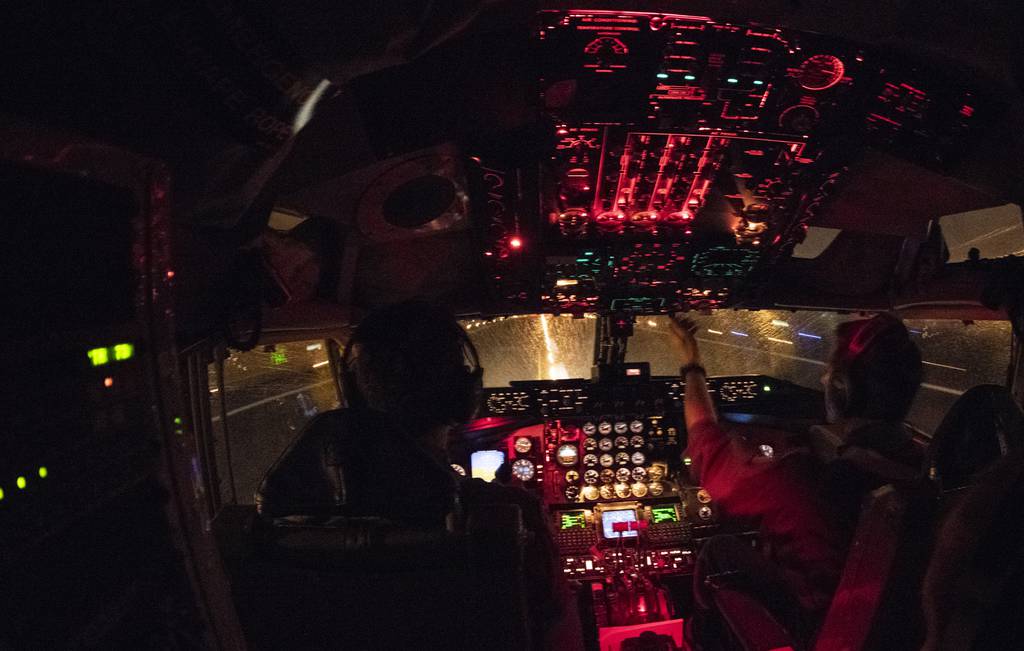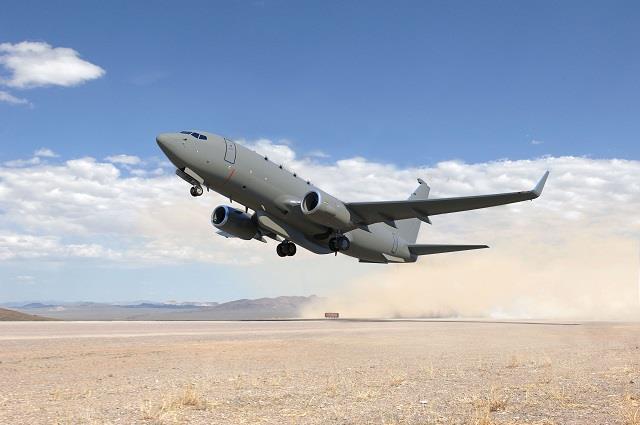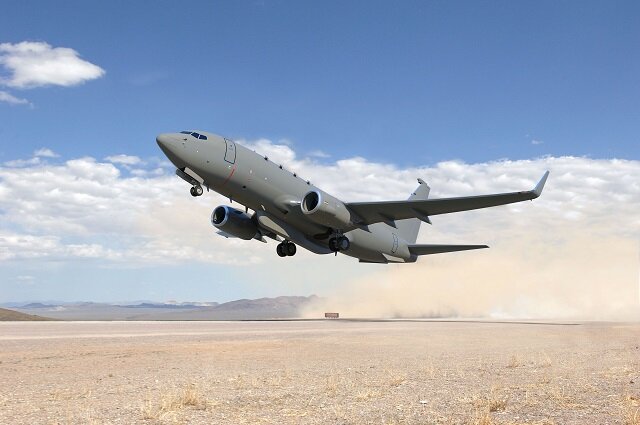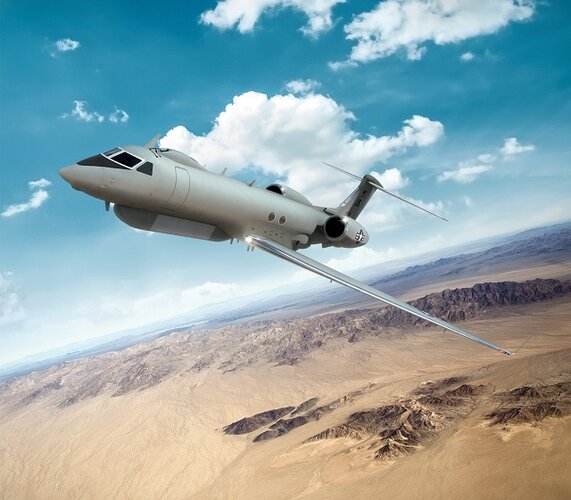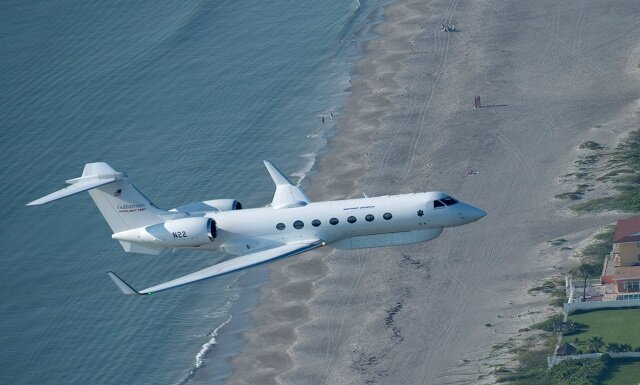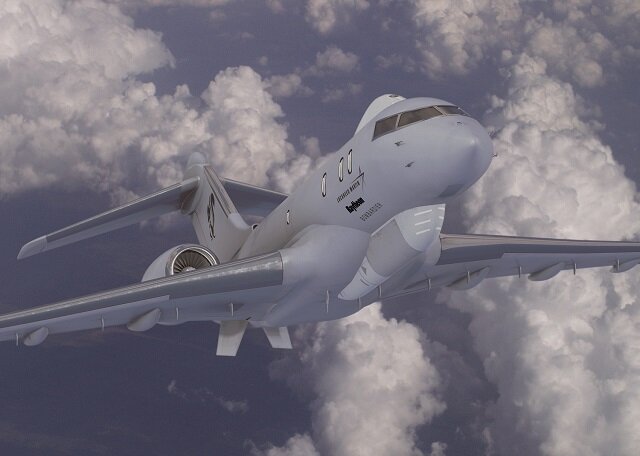modernization ongoing
E-8C: COUNTER-UNMANNED AIRCRAFT SYSTEM CUEING AND IDENTIFICATION
ANG E-8C Joint Surveillance Target Attack Radar System (JSTARS) requires an electronic intelligence (ELINT) system capable of detecting emissions from unmanned aircraft systems (UAS), to include both the aircraft and the remote controllers. This system will provide an organic capability to aid in the detection and identification of UAS-type targets in a contested, degraded environment. The E-8C lacks the capability to positively identify objects of interest detected by onboard sensors. This ELINT capability enables an accurate characterization of detected objects in the joint battlespace and provides decision quality data to the operator for the timely application of military options. It will be used to cue other sensors for faster acquisition of target information. This integrated capability will also aid in target recognition, threat awareness, and informed command and control of the battlespace. Each of the 116th Air Control Wing’s 16 E-8C aircraft requires an ELINT identification system. In addition, it needs to be incorporated into each of the three associated aircrew training devices.
E-8C: FIFTH-TO-FOURTH GENERATION COMMUNICATIONS GATEWAY
ANG E-8C Joint Surveillance Target Attack Radar System (JSTARS) requires the capability to act as a communications gateway, bridging the 5th to 4th Generation (Gen) fighter data link interoperability gaps. Current 4th Gen data link participants, to include fighters, bombers, and attack aircraft, cannot receive information from 5th Gen fighters, which forces the aircraft to perform combat operations without essential information and lacking situational awareness. By collecting and disseminating F-22 In-Flight Data Link and F-35 Multi-function Advanced Data Link information through an E-8C “524” communications gateway, which would convert the 5th Gen data to 4th Gen Link 16 messages, all Link 16 enabled aircraft will be able to utilize data received from 5th Gen aircraft, creating a significantly more accurate common operating picture. In addition, improved situational awareness will greatly increase the efficiency of E-8C JSTARS battle management, target prioritization/cross-cueing, and improve accountability within their command and control area of responsibility. Each of the 116th Air Control Wing’s 16 E-8C aircraft requires a “524” gateway, which also needs to be incorporated into each of the associated aircrew training devices.
E-8C: COMMAND AND CONTROL ENTERPRISE COMMON BATTLE MANAGEMENT SUITE
ANG E-8C Joint Surveillance Target Attack Radar System (JSTARS) requires a common, with the command and control (C2) enterprise, battle management suite. The E-3 Airborne Warning and Control System, Control and Reporting Center, and Battle Control Center Theater Air Control System (TACS) platforms have transitioned or initiated transition to this common C2 software suite. This will increase crew efficiency on board the JSTARS weapon system through rapid target prioritization and enhanced defensive threat awareness. The suite will also fall in line with the open architecture initiative, yielding a universal programing language for all future software and hardware integration. Additionally, this will decrease transition training timelines for members migrating within the TACS community. Each of the 116th Air Control Wing’s 16 E-8C aircraft requires the common battle management suite. In addition, it needs to be incorporated into each of the three associated aircrew training devices.
E-8C: INCREASED COMMERCIAL / MILITARY BEYOND LINE-OF-SIGHT INTERNET BANDWIDTH CAPABILITY
ANG E-8C Joint Surveillance Target Attack Radar System (JSTARS) aircraft require increased beyond line-of-sight (BLOS) bandwidth on available commercial and military networks. The E-8C JSTARS is rapidly running out of available on-board communications capacity. This forces the aircrew to reduce or shutdown communication channels in order to ensure others remain sustainable. Increasing the onboard BLOS bandwidth solves these challenges and allows the aircrew to continuously exploit multi-intelligence fusion tools, remotely piloted aircraft feeds, and satellite communications networks. An increase in bandwidth upload and download speed enhances the organic capabilities of the aircrew to detect patterns of life and anomalies within large volumes of geospatial data. This will save aircrew time by helping to organize complex mission data into cohesive products quickly. Expanding connectivity throughput will also enable aircrew to overlay hundreds of analyst intelligence layers onto a single operating picture. Each of the 116th Air Control Wing’s 16 E-8C aircraft requires increased bandwidth. In addition, it needs to be incorporated into each of the three associated aircrew training devices.
E-8C: SPECIAL OPERATIONS FORCES – INTEGRATED SITUATIONAL AWARENESS DATA LINK
ANG E-8C Joint Surveillance Target Attack Radar System (JSTARS) requires the capability to provide a Situational Awareness Data Link (SADL) gateway for USAF, ANG, and other SADL-equipped users to include special operations forces (SOF). In many E-8C areas of responsibility, no SADL gateway is available, which prevents SADL users from receiving critical information broadcast over Link 16. SADL is an integral part of ANG F-16 and A-10 digital communications capabilities, is used by a number of ground forces, and is key to execution of multiple counter-air and counter-land missions. In order to better integrate close air support, dynamic interdiction, combat search and rescue, and non-traditional intelligence, surveillance, and reconnaissance aircraft and SOF personnel, gateways are needed to provide a conduit for data and information sharing, enabling battle space visualization between Link 16 and SADL participants for air-to-surface and air-to-air missions. In addition, the SADL gateway will increase the efficiency of E-8C JSTARS battle management and enhance accountability within areas of responsibility. Each of the 116th Air Control Wing’s 16 E-8C aircraft requires a SADL gateway. In addition, it needs to be incorporated into each of the three associated aircrew training devices.
https://www.ang.af.mil/Portals/77/documents/Resources/2019 Mod Book v2.pdf?ver=2019-05-30-122634-043
